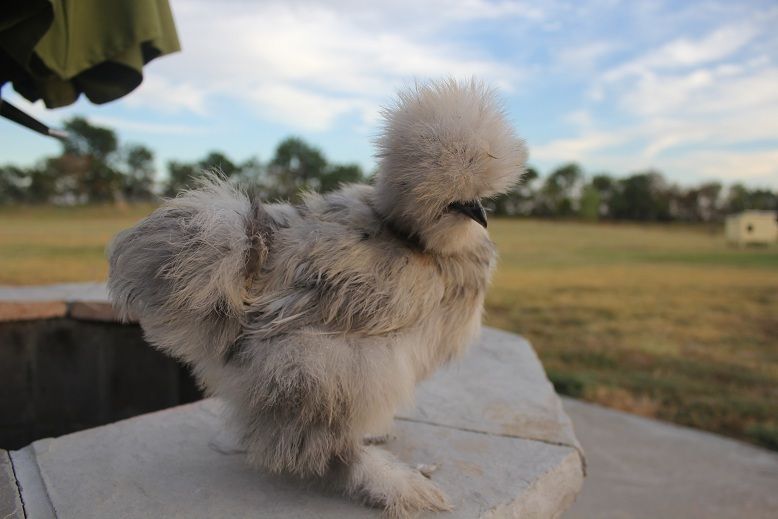Thank you so much for all that info! Yeah, I hatched out quite a few chicks this Spring and I need to get down to just a few. So I think I will look for type over anything else at this point. The majority of them have (I think) excellent toes. But this one I really like doesn't. I don't think I have instant show worthy birds, but we're still showing them to gain the experience and run into more silkie breeders and talk to them! But definitely smart to narrow down to 4-6 birds. How many roosters do you keep? I'm thinking of keeping a couple, or do I just need one really good one. I'm worried about my roosters because I just discovered at our last show that my rooster was too heavy. The judge informed us of this. Soooo... these are all of his chicks. Great, hu? Sigh. So I'm hoping that maybe we'll get some roos that will be okay. And I also hatched eggs from another breeder and so far, none of them are looking like boys, and I was really hoping for a boy out of them. Oh-- those eggs, that is where the toe fault came from. MY birds that I bred with myself have no toe faults.
Here's an example of the toes I've been consistently getting on my chicks over and over again, and this goes on and on for many chicks-- not a ONE of them with fused or messed up toes:
THEN... my shipped eggs. Several of these birds seem to look like they might be getting better type than my birds. But a few of them have fused toes or extra toes. These are also smaller birds than mine. So I was hoping one would be a rooster and I could size mine down a bit and not have another heavy rooster or offspring. But this line doesn't have all the consistency of great toes like my birds. But they may have better type--have to wait and see how they grow out. Right now, I can't be sure, because they are all still pretty young. About 3 months-- most of my birds are about that age, over or under by just a couple weeks or so.
Here is a shipped egg toe-- they are all long and lanky toes:
I'll go out and get a picture of the bird I really like here in a while so you can see how bad it is. Should I just stay away from it since my birds are breeding consistently with good toes?? Or do I dare try it to get the better type with a messed up toe?












